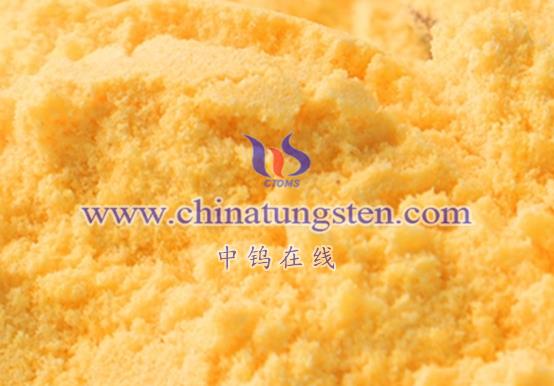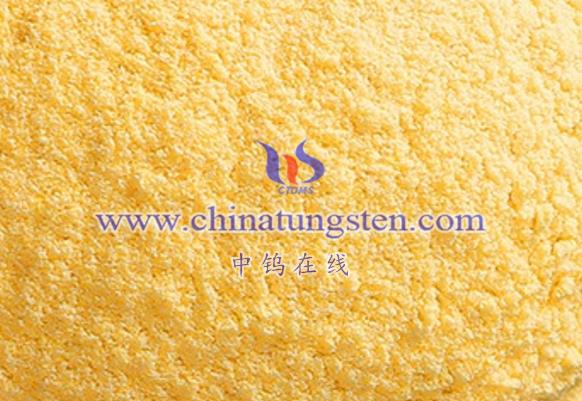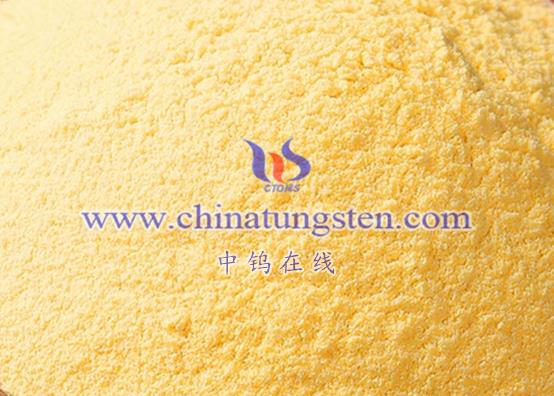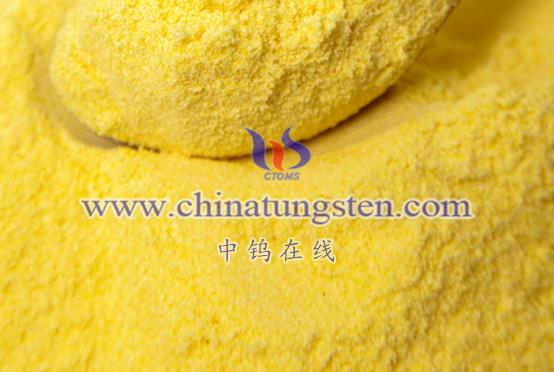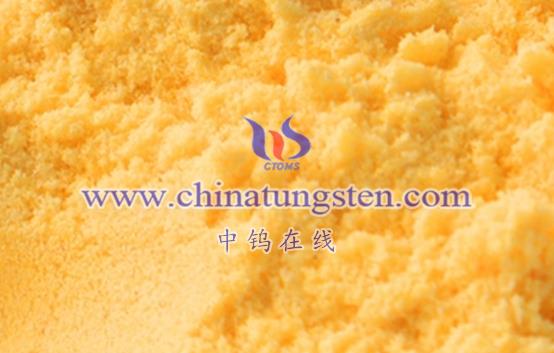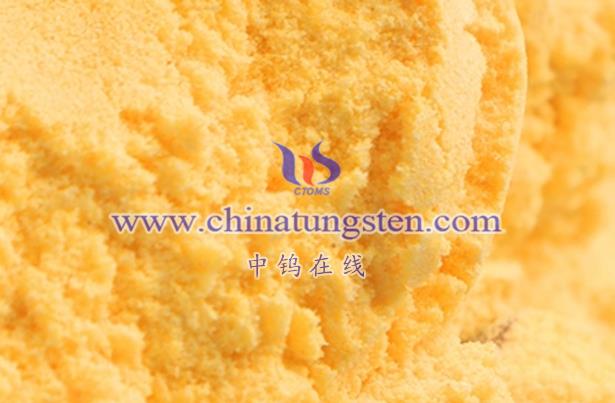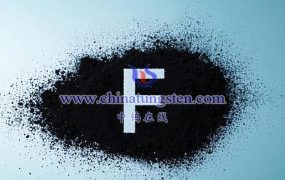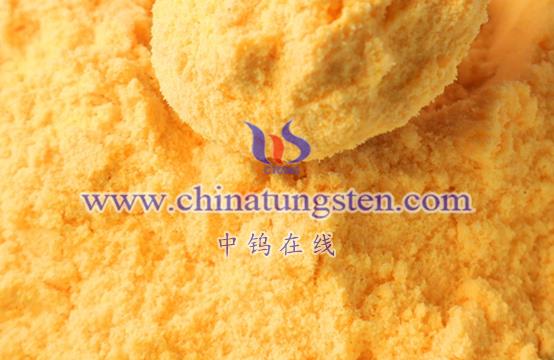
Multidimensional network-structured nano tungsten oxide (WO₃) has several applications in medical sensors, as detailed below:
- WO₃-Based Medical Gas Detection Sensors
Breath Monitoring Sensors
WO₃ nanomaterials, known for their high sensitivity and selectivity to gases, can be used to develop breath monitoring sensors. These sensors detect specific gas components in exhaled breath, such as ethanol and acetone, to assess a patient’s health or diagnose specific diseases like diabetic ketoacidosis.
Operating Room and Ward Environment Monitoring
In operating rooms and hospital wards, WO₃ gas sensors can monitor concentrations of anesthetic gases and harmful gases (e.g., carbon monoxide, nitrogen dioxide) to ensure a safe medical environment.
Working Principle
When the target gas interacts with the surface of WO₃ nanomaterials, it alters the material’s resistance, conductivity, or optical properties. These changes are converted into measurable electrical signals for real-time monitoring of gas concentrations.
- WO₃-Based Biomolecular Detection Sensors
Disease Biomarker Detection
WO₃ nanomaterials can combine with specific biorecognition elements (e.g., antibodies, DNA sequences) to create biosensors for specific disease markers. For instance, these sensors can detect tumor markers and inflammatory factors in blood for early disease diagnosis and monitoring.
Drug Detection
In drug management and research, WO₃ biosensors can detect drug concentrations and metabolism in patients, providing data for personalized medication.
Working Principle
Based on biological recognition mechanisms such as antigen-antibody reactions or DNA hybridization, interactions between target biomolecules and recognition elements lead to changes in WO₃ surface properties. These changes are detected through electrical or optical methods and converted into quantifiable signal outputs.
- WO₃ in Photothermal Therapy Sensors
While WO₃ nanomaterials are more commonly applied in photothermal therapy for tumor treatment, they have potential applications in medical sensors as well. For instance, WO₃ can combine with other therapeutic methods to monitor temperature changes and tissue responses during treatment in real time, enhancing safety and efficacy. However, research in this area is still in its early stages, and specific applications require further validation.
- Other Potential Applications of WO₃ Nanomaterials
Wearable Medical Devices
With advancements in wearable technology, WO₃ nanomaterials could integrate with flexible electronic devices to create wearable medical sensors. These sensors could monitor physiological parameters such as heart rate and blood pressure in real time, supporting telemedicine and health management.
Tissue Engineering
In tissue engineering, WO₃ nanomaterials could serve as components for bio-scaffolds with specific functionalities. These scaffolds could monitor biocompatibility and cell growth, aiding tissue repair and regeneration.
Conclusion
The applications of multidimensional network-structured nano tungsten oxide in medical sensors are extensive, spanning gas detection, biomolecular detection, photothermal therapy, and more. With ongoing advancements in nanotechnology and medical technology, WO₃ nanomaterials are poised to play an increasingly significant role in the medical field.
More details of tungsten oxide product, please visit website: tungsten-oxide.com
Please contact CHINATUNGSTEN for inquiry and order of tungsten oxide:
Email: sales@chinatungsten.com
Tel.: 86 592 5129595

